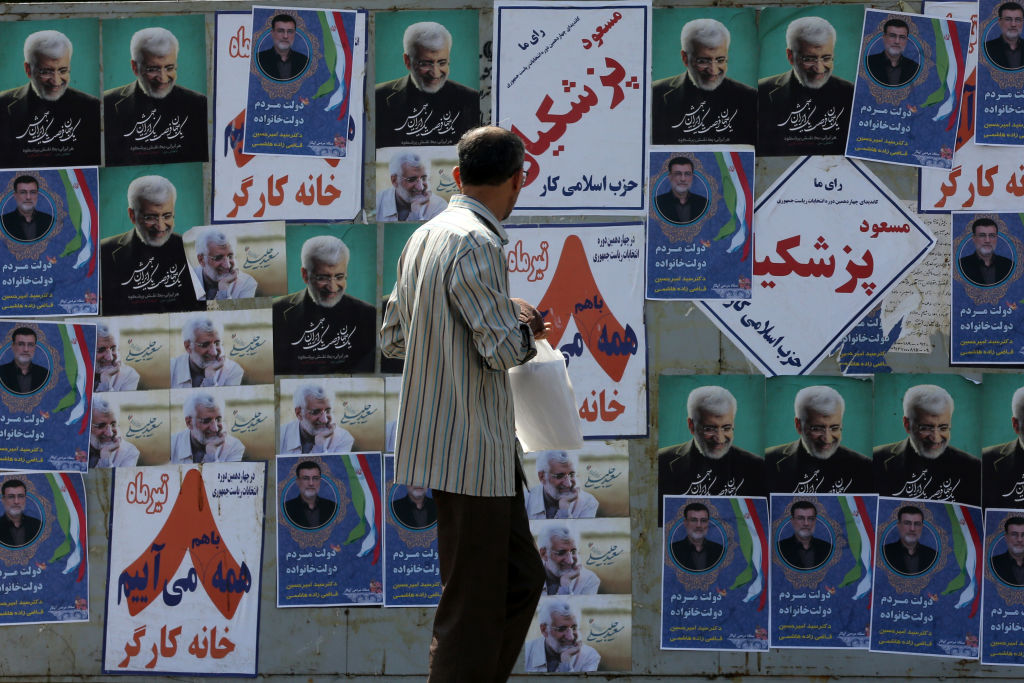Brazil’s Central Bank sold $32.6 billion in December 2024, aiming to stabilize the real and reduce government debt. This massive intervention removed R$186.347 billion ($30.1 billion) from circulation, equaling 1.6% of Brazil’s GDP.
The move came as the real had depreciated 27% against the dollar in 2024, worrying investors about Brazil’s fiscal health. The Central Bank‘s action is expected to lower Brazil’s gross government debt by about 1.6 percentage points of GDP.
In November 2024, this debt stood at 77.7% of GDP, having risen 3.9 percentage points over the year. Analysts had predicted the debt would reach 78.4% of GDP by year-end before this intervention.
To prevent a liquidity squeeze, the Central Bank reduced repurchase agreements by R$242.107 billion ($39.0 billion). This move injected cash into the banking system, keeping interest rates at the 12.25% target set by the Monetary Policy Committee.
The intervention highlights how Brazil’s international reserves, nearly 18% of GDP, can offset debt concerns. However, Brazil‘s fiscal challenges persist. The government’s recent fiscal measures were deemed insufficient to address structural issues.
 Central Bank’s Massive Dollar Sale Aims to Curb Brazil’s Debt. (Photo Internet reproduction)
Central Bank’s Massive Dollar Sale Aims to Curb Brazil’s Debt. (Photo Internet reproduction)In addition, rising interest rates and a weaker currency continue to pressure debt levels. About one-third of the dollar sales’ impact may reverse as temporary line auctions unwind.
Brazil’s Economic Strategy
The Central Bank’s actions underscore the delicate balance between currency stability and debt management. While providing temporary relief, they highlight the need for more comprehensive fiscal reforms.
Brazil’s economic team must reassure markets while supporting growth and social programs. This intervention offers a snapshot of Brazil’s economic strategy, balancing short-term stability with long-term fiscal health.
It demonstrates the tools available to emerging markets facing currency pressures and debt concerns. The outcome of this policy will likely influence investor confidence and Brazil’s economic trajectory in the coming years.

 By The Rio Times | Created at 2025-01-09 17:57:32 | Updated at 2025-01-10 02:54:24
9 hours ago
By The Rio Times | Created at 2025-01-09 17:57:32 | Updated at 2025-01-10 02:54:24
9 hours ago








